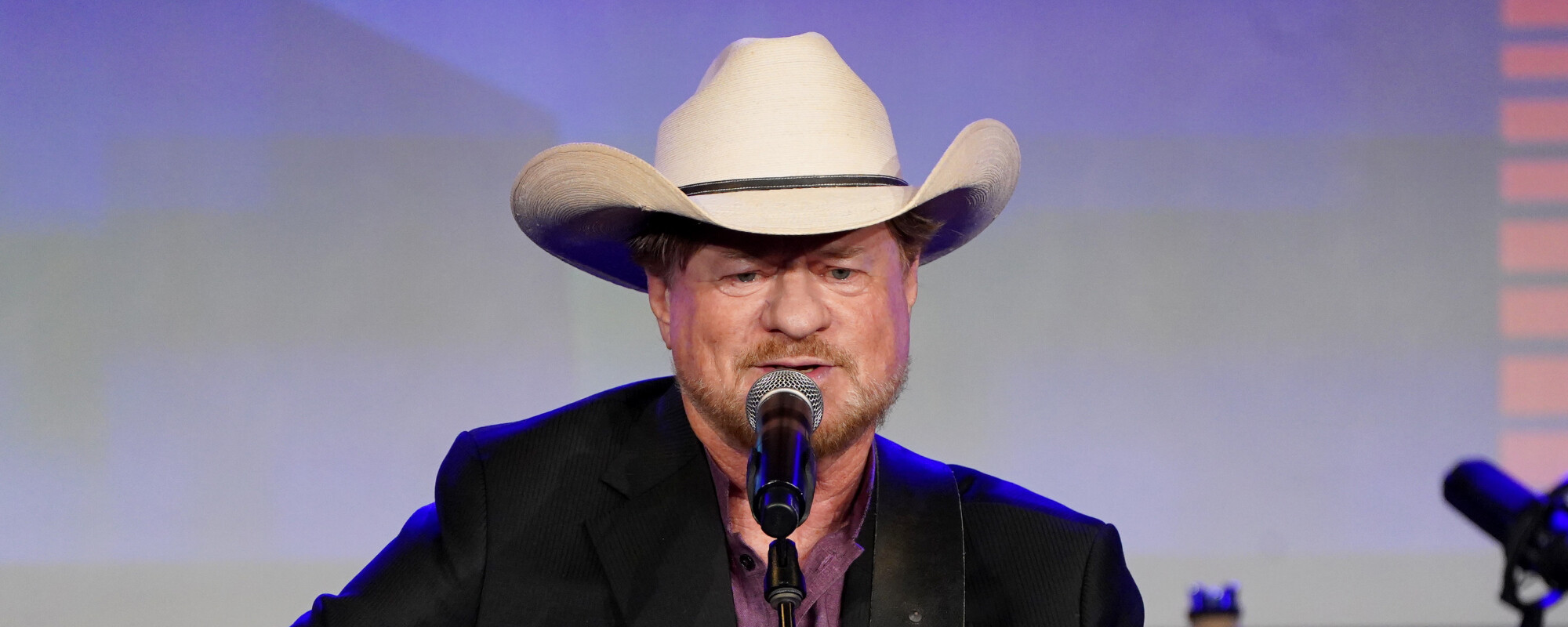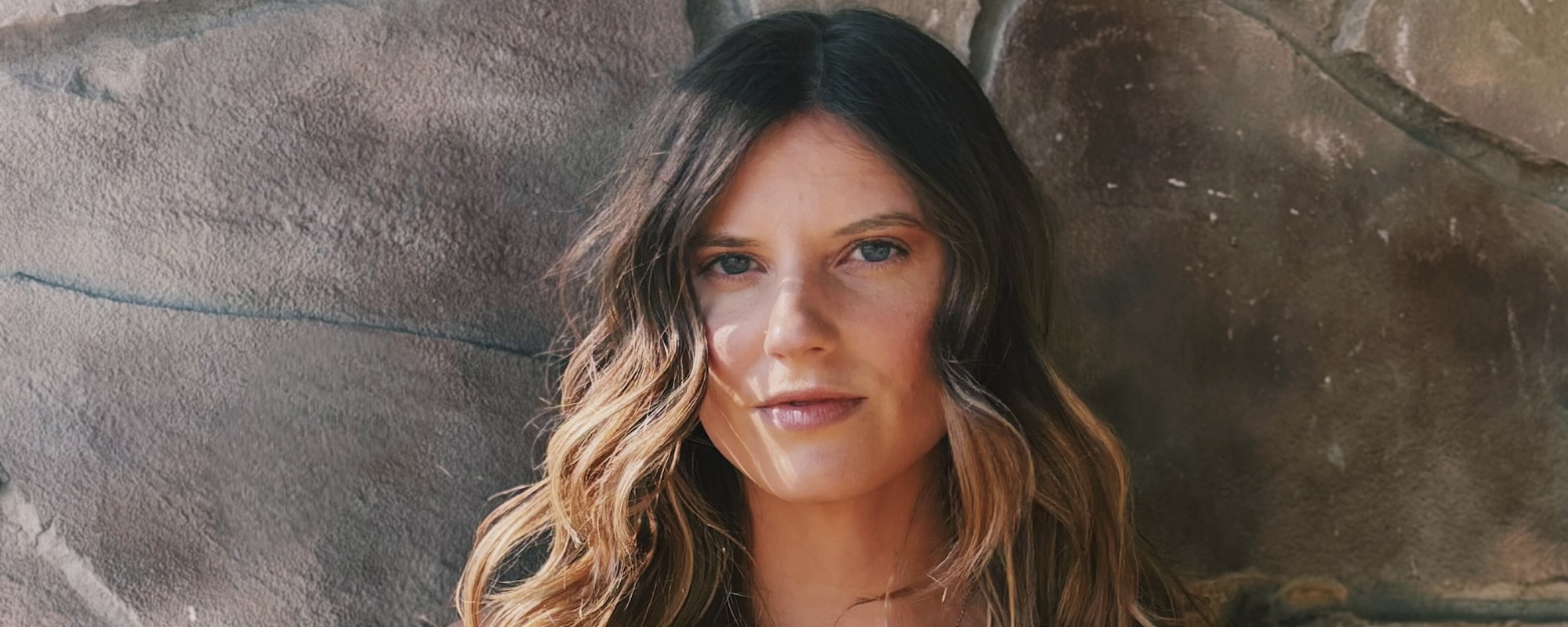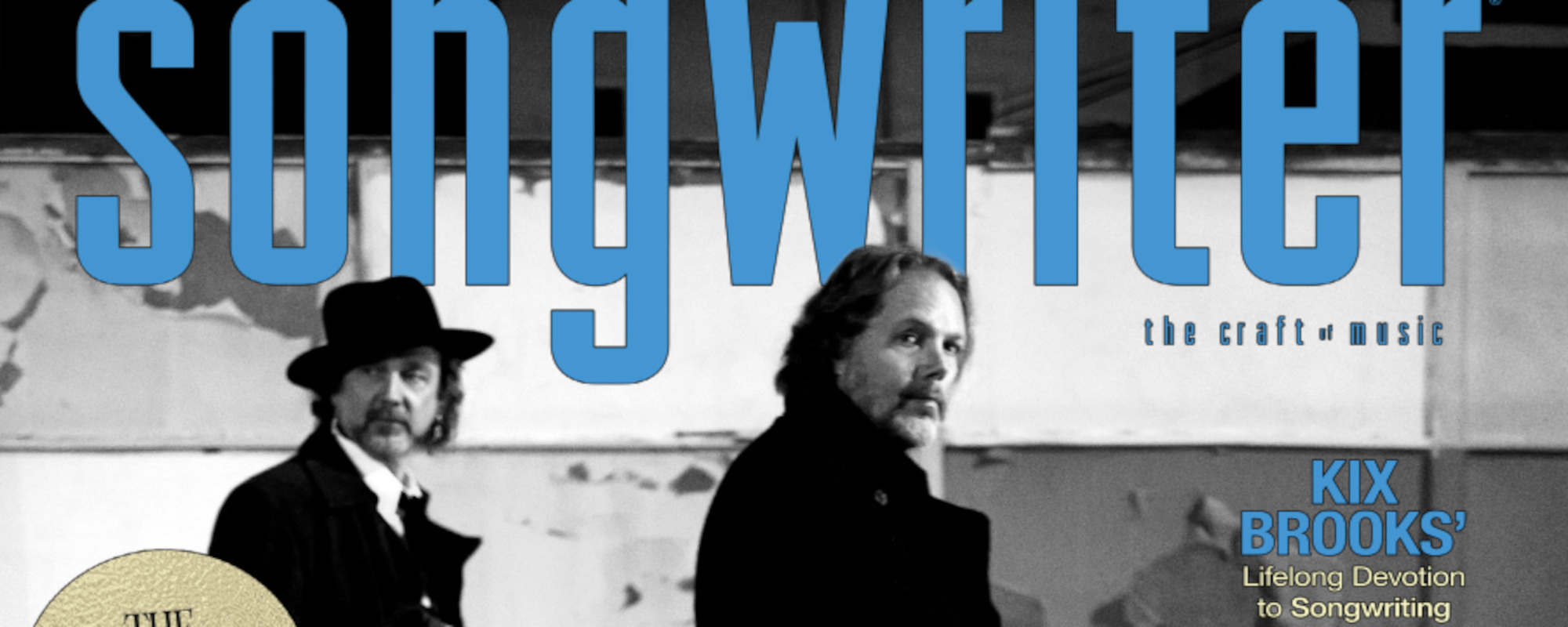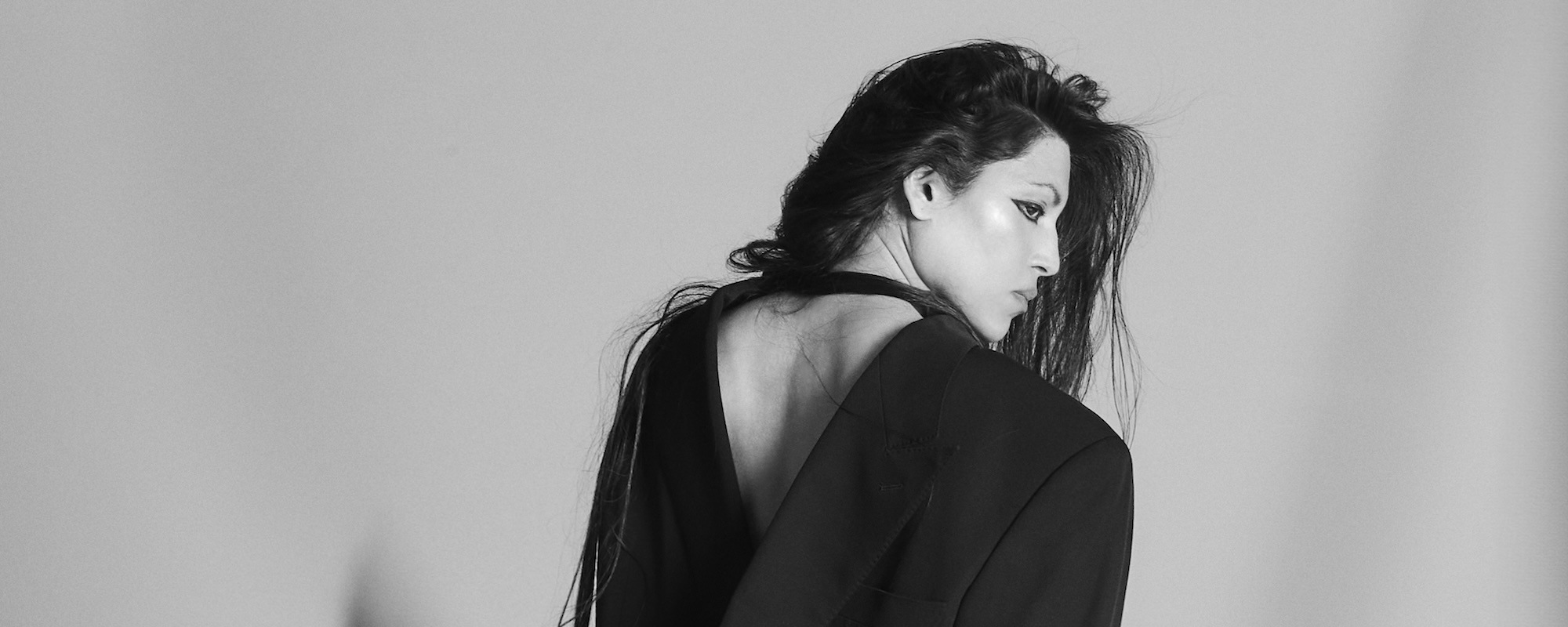Jazz horn players don’t often get a call to play on a singer-songwriter’s recording date, but the 2017 sessions for Robbie Fulks’ Revenge of the Doberman album were an unusual situation. The Americana artist was enough of a jazz fan to know what to ask for, and saxophonist John Fournier knew enough about putting words to music to complement Fulks’ process. Out of that collision of separate worlds came a fascinating new band: the Chicago Soul Jazz Collective. Fulks isn’t a member, but on the new CSJC album, singer-songwriter Raul Midon makes a guest appearance, reinforcing the connection between these two spheres.
Videos by American Songwriter
Trumpeter Marques Carroll was also on the Fulks session, and between songs the two horn men were bemoaning their sour moods following the 2016 election. Fournier said he was finding solace in listening to soul-jazz recordings from the late-‘50s and the early ‘60s. Carroll was also a fan of that music, and soon the two had assembled the CSJC and had landed an every Wednesday night gig at the Wire in Chicago.
“Soul jazz emerged in that era,” Fournier explains, “when jazz combos were searching for new ways of playing. One of the things they found was using soul, gospel, R&B and blues grooves and blowing over them. Guys like Cannonball Adderley, Hank Mobley, Horace Silver and Herbie Hancock were heavily influenced by the bebop guys like Charlie Parker, Dizzy Gillespie and Bud Powell, so when you put those players on top of grooves taken from jukebox songs by Ray Charles, Sam Cooke and James Brown, you got something new.”
You also got something connected to popular song in a way a lot of post-Parker jazz wasn’t; you got something pleasurable and danceable underneath the virtuosic soloing. It was more accessible to non-jazz fans, and so it is today. Moreover, you got something that connects to Americana, which also draws from such roots-rockers as Charles and Cooke. The glue between the two is the verse-chorus-bridge structure and the grooving bottom of working-class American song.
By its second show, CSJC was already drawing a crowd, and that allowed the sextet to play every week for several years. Such stability is a rarity in jazz, a field where most musicians are playing in several different bands and most gigs are played by a different line-up each time. The CSJC’s consistency allowed the group to develop its own sound. While most soul-jazz combos—both the original acts and the revivalists—build their sound around the B-3 organ and its pedals, this one built its sound around Amr Fahmy’s Rhodes electric piano and Andrew Vogt’s bass. Guitarist Larry Brown locked in with Fahmy, drummer Keith Brooks with Vogt, and the two horns stepped out front like singers.
The band’s debut album, 2018’s Soulphone, contained eight of the most popular tunes from the live shows: two associated with the Ramsey Lewis Trio (“The ‘In’ Crowd” and “Wade in the Water”), two from Jimmy Smith (“Prayer Meeting” and “The Cat”) and one apiece from Wayne Shorter, Lee Morgan, Kenny Dorham and Shirley Scott. The emphasis on Lewis and Smith was telling; both were Chicago musicians who released jukebox singles as well as albums. The two Lewis songs were both top-three R&B singles and top-20 pop singles. This was back in an era when instrumentals could be hits on the radio, an almost inconceivable notion today.
“The first time I heard ‘The ‘In’ Crowd’ as a kid,” Fournier recalls, “I started to sweat. The music sounded so alive, so good, that I started looking for other records like it. The same thing when I heard Cannonball Adderley’s ‘Mercy, Mercy, Mercy.’ When I went back to those songs in 2017, they still hit me the same way. And when we started playing them live, it turned out that they filled the same void in other people that they’d been filling in me. Those shows were so much fun—we were throwing down and the audience was dancing and carrying on.”
The band was evolving so quickly that Fournier shelved plans to do another album of standards and decided to write an album’s worth of tunes for the group. Even though six of the seven numbers on that album, It Takes a Spark To Start a Fire, are instrumentals, all of them boast implied vocal lines—repeating catchy phrases that hold each piece together. That’s because the saxophonist is not only a jazz composer; he’s also a songwriter who has written songs for coffeehouses, theater productions and Raul Midon’s 2005 debut album State of Mind.
“I did the jazz thing as a teenager,” Fournier explains, “but I was also interested in Tom Waits and Rickie Lee Jones. Raul and I went to college together at the University of Miami. We wrote some songs, and soon we were doing duo gigs in bookstores. We were musical partners, writing partners and best friends, the usual things guys do at that age. I love writing lyrics, and when I settled in Chicago after college, the local theater scene was really interesting, and I started writing songs for them.”
He came up with songs for such famed stage troupes as Steppenwolf and Second City. He won a Joseph Jefferson Award—a “Jeff,” the Chicago equivalent of a Tony—for original songs in the show The Life and Death of Madame Parker.” His songs wound up alongside Melissa Etheridge’s in the show Weeds. And so he wrote one song with words, “Where Do You Go When You Dream?” for the second CSJC album. He called up his college pal, sang it to him over the phone, and Midon agreed to do the vocal on the album.
“The main thing about writing a jazz-vocal song,” Fournier says, “is to have words that hold up. The worst thing is when you hear a song on jazz radio, and the track is really smoking, but the words are embarrassing. That’s happens a lot in jazz. They’ll work very hard on the music, then they’ll dash off the lyrics because they think lyrics are easy. And the results sound like an eighth grader’s first song. Lyrics are not easy; they take as much skill and effort as instrumental music.”
Fournier knew the song was working when people came up to him and said, “Oh, I know that song.” And with a grin, he could say, “Oh, no, you don’t.” Even the instrumentals borrowed their tactics from R&B songs. The opening number, “Detroit Will Rise Again,” establishes an atmosphere via a duet between the Rhodes and acoustic guitar before the two horns play the wordless equivalent of a pop chorus. Each solo then sets up and comments on the chorus as if it was a verse. This structure is even more obvious on the vocal number, but not so different really.
“I try not to overwrite,” he says. “With a lot of jazz albums, you can tell the writer is trying to write complicated harmonies and rhythms. I try to write simply so the band can settle into it and do more with it. I would describe it as a satisfying listen. It’s emotionally rewarding without being too difficult to follow. You can follow the melodies and the form. You can hear what each player is doing and how it all fits together.”
From the Ramsey Lewis Trio to the Chicago Soul Jazz Collective, jazz musicians have been finding inspiration in R&B and blues. And from Robbie Fulks to Lucinda Williams (who’s been working with jazz great Charles Lloyd), Americana songwriters have been benefitting from jazz collaborators.
“The jazz guys I work with are always goading me,” says Fulks, “to know musical history more thoroughly, to be on top of the grammar better, to maybe even, one day, to learn to fucking read music. I’m the kind of self-taught player who can be stopped cold by the appearance of a flat 13 in a chart.
Robbie Fulks (Photo by Andy Goodwin, courtesy of robbiefulks.com)
“I find myself as well as my Americana-ish peers falling into routines that echo some boring idea codified commercially three or four decades ago. For example: let’s start tonight’s set with something peppy and punchy, end it the same, and in between we’ll make sure to vary keys and tempos and grooves so as to hold the audience by its throat. But when I started playing with [jazz violinist] Jenny Scheinman, she’d get excited about putting two slow ones in a row or doing something very demanding and inaccesible at the starting-gun, anything that would make it more of an adventure.”
“I wish there was more of a connection between singer-songwriter Americana and the jazz world,” adds Fourneir, “but it takes an unusual person like Robbie to make it work. The jazz players have rhythmic chops and harmonic knowledge to provide, and certainly from a lyric standpoint, jazz could benefit from these songwriters. Look at Rickie Lee Jones: she’s a genius singer-songwriter, but she used top jazz players on those early records, and they sound deeper as a result. We could work really well together, so it’s a shame it doesn’t happen more often. At the end of the day, we’re all pulling from the same sources.”








Leave a Reply
Only members can comment. Become a member. Already a member? Log in.